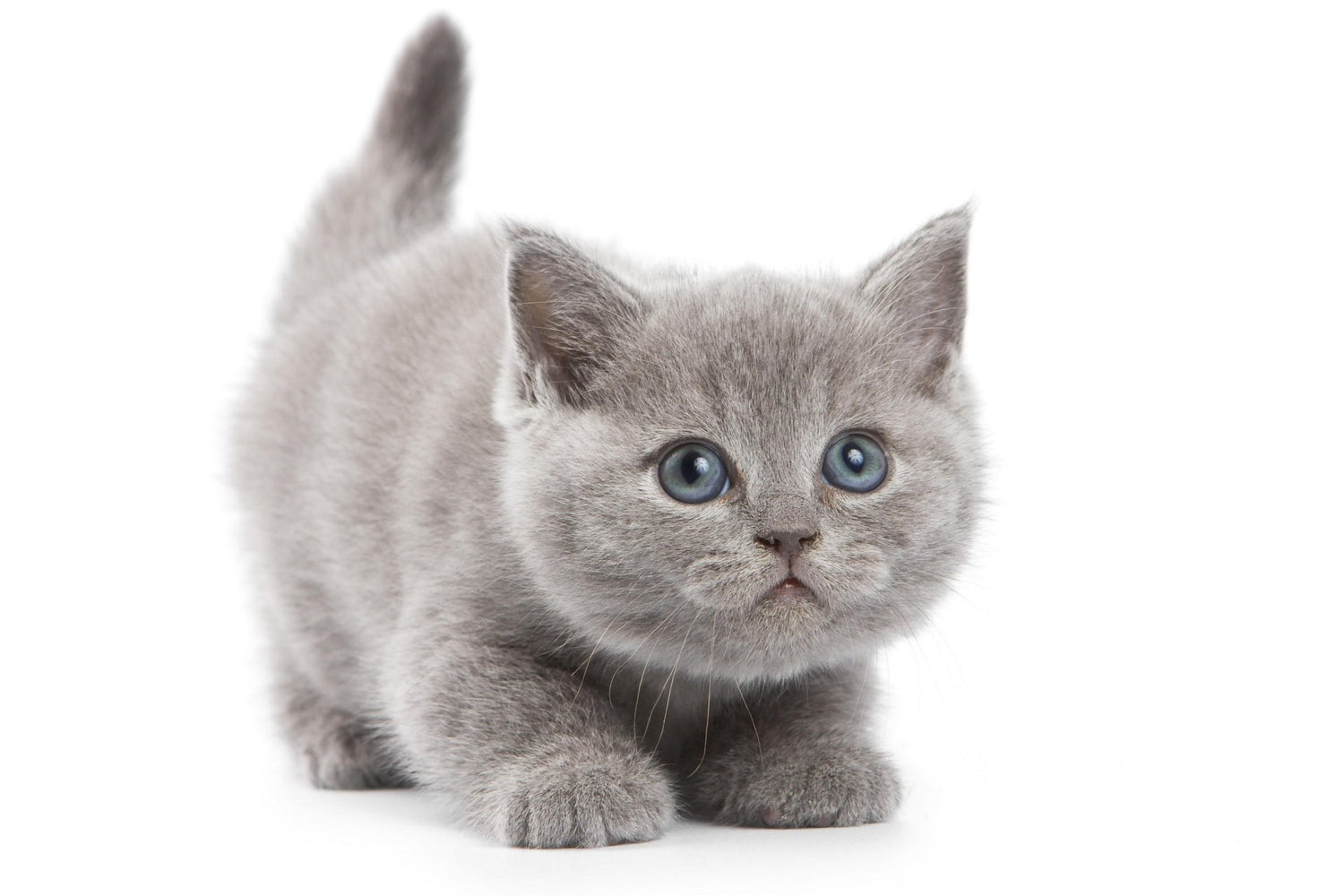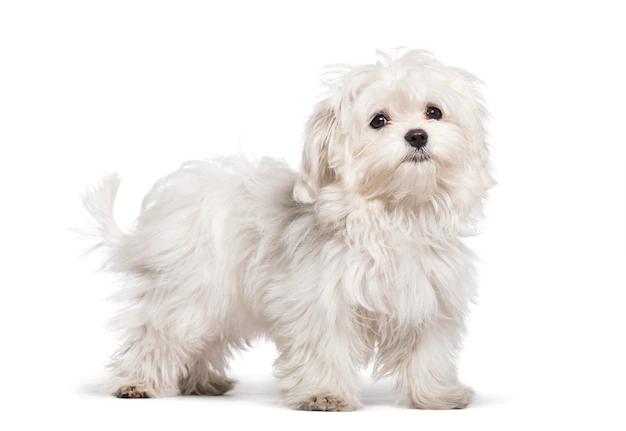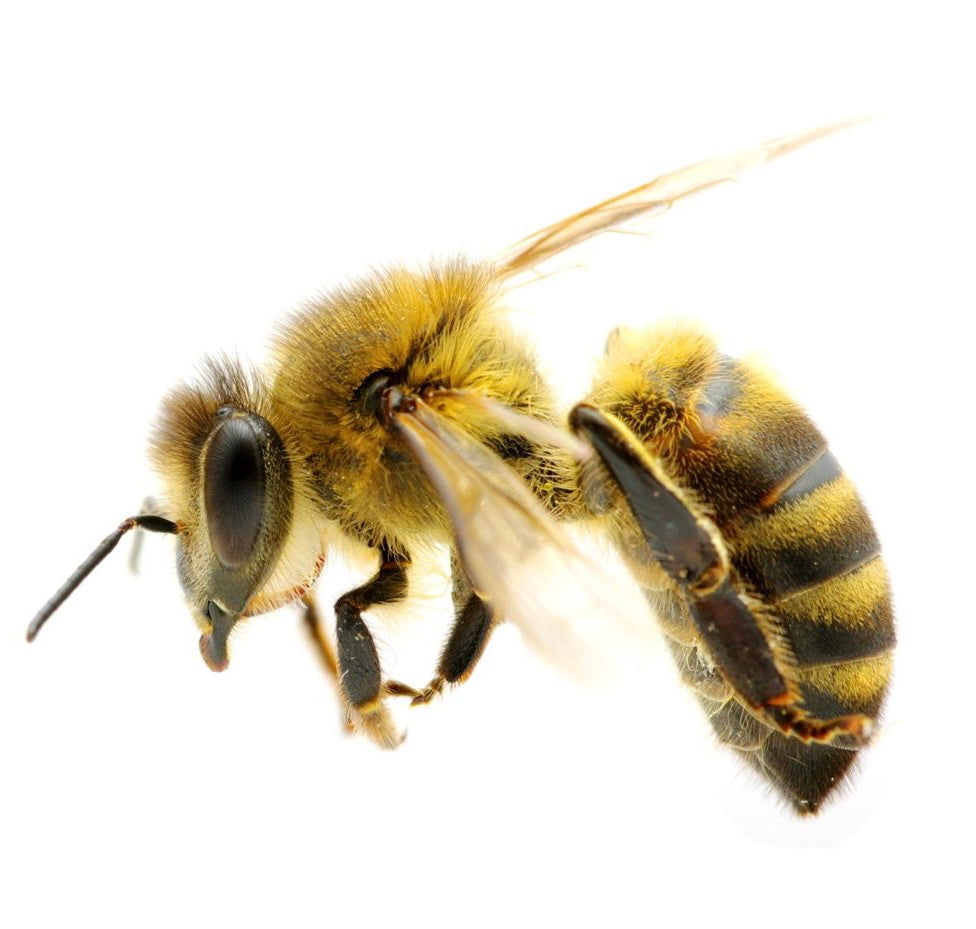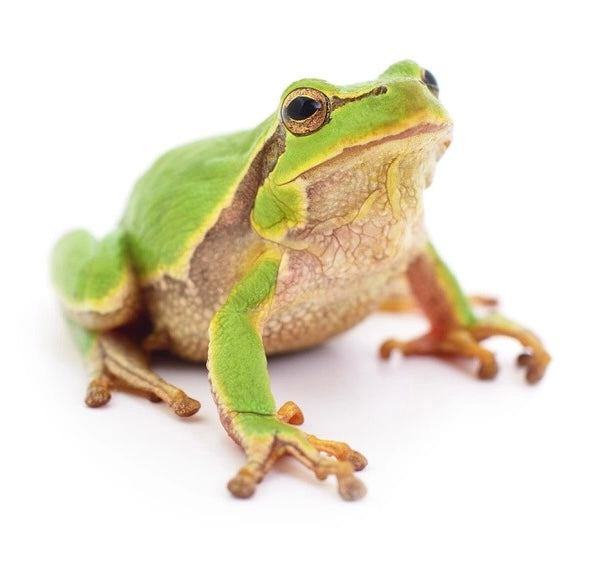Eko World Shop
Paw Earrings in 925 Silver
Paw Earrings in 925 Silver
Couldn't load pickup availability
Free shipping
Free shipping
Returns and exchanges within 30 days
Returns and exchanges within 30 days
Returns and exchanges up to 30 days after receiving your order!
The return can be requested within 14 days of receiving the order, and made within 30 days after receiving the order.
10% discount if you add it in the 🛒
10% discount if you add it in the 🛒
Unlock an additional discount when you buy multiple items!
The more you buy, the more you save! ❤️
The more you buy, the more you save! ❤️
The more you buy, the more you save!
Buy 2 Items with 15% discount
Buy 3 Items with 20% discount
Buy 4 Items for 25% off
Symbol of love and fidelity on the skin and in the heart. Dog paw earrings: anyone who still has or has had the good fortune to share their life with a four -legged friend in the past knows!
The sense of smell
The main distinctive feature of the dog is the sense of smell, derived from its prehistoric activity as a hunter. A fundamental part of his odor recognition process is the conformation of his nose (the nose) but above all the very rich internal mucosa, able to distinguish only one molecule of one substance out of millions. The nose in the dog represents the terminal end of the nose of the same. The imprint of the convolutions that distinguish it is specific to the individual and, like the fingerprints of the human being, can be used as an effective recognition system.
The mucous membrane that covers it performs the same tasks as in any other mammal: at its extremity there are the nostrils or cavities to suck the air and as in other mammals, at the mucosocutaneous border, it is equipped with lateral "vibrissae", large hairs with very important sensory functions. What makes it special are various additional functions. Meanwhile, it is an exceptional sense organ especially in a thermal, dynamic sense (because the mucous membrane that covers it is equipped with sweat glands - the dog's skin is almost totally devoid of them -) and tactile (it is able to record even very slight roughness and vibrations which would otherwise escape the animal). The dog's nose is a very sensitive nose, which is why they are trained and used to search for animals and people.

The most recent studies based on genetics, supported by paleontological insights, have led to the validation of the recognition of the gray wolf (Canis lupus lupus) as the ancestor of the domestic dog, recognized as a subspecies (Canis lupus familiaris). The hypotheses on the domestication process are still uncertain. One of the most accredited hypotheses is that of the spouses Ray and Lorna Coppinger, biologists, who propose the theory of a "natural domestication" of the wolf, a natural selection of subjects less skilled in hunting, but at the same time less fearful of humans, who would begin to follow the first groups of nomadic hunters, feeding on the remains of their meals, but unwittingly providing a precious "sentinel" service, later settling near the first settlements, and giving way to a surprising cohabitation between two species of predators, with mutual benefits.
Some of these "wild dogs" would later be approached and adopted into the human community (village dogs, the "pariah dogs" that are still found today in some societies, "all over the village", tolerated for their role as scavengers and of predators of small pests), giving way to a perfect example of coevolution. Almost certainly, as also demonstrated by the studies of Dimitri Belayev, the natural selection based on character attitudes to domestication has caused the appearance of physical changes (from the reduction of the skull volume, to the shortening of the teeth, but also the appearance of characters such as patches white on the coat and rolled-up tails).
In the most ancient archaeological sites, numerous are the finds of dog remains (which also testify to the first differences from the wild ancestor), even if they mostly bear evident signs of slaughter. The first testimony of a new, deeper bond between man and dog, we find it in the Natufian culture, dating back to 12,000 years ago, in a tomb that preserves the remains of an elderly man who rests his head and a hand on the body of a cub.

The first differentiation between the various local "races" is to be attributed to the various wolf subspecies that were domesticated almost simultaneously in different parts of the world, in equally dissimilar geographic and climatic situations. We can get an idea of their appearance if we take into consideration the "modern" breeds gathered in group 5 of the FCI classification International Cynological Federation (spitz and primitive type dogs, in fact). The first dogs were certainly versatile workers, able to perform multiple tasks, from the village guard to the hunting aid, from the transport of small loads to the management of the first herds of the nascent pastoralism.
Subsequently, the subjects more physically and / or aptitude for the different uses, began to be selected by man, first "instinctively" (favoring the favorites with a better diet), then with increasingly effective methods. It may be interesting to observe how the great morphological variations that allowed the wolf to "transform" into Great Dane, Chihuahua or Dachshund, have occurred over the centuries in an involuntary form, real spontaneous mutations that man has been able to exploit and enhance. ; the structure of the greyhound was certainly not "conceivable" by a desert hunter, but he was able to observe how his most effective dogs in reaching prey were those with long and thin limbs, keeled sternum and tail carried in such a way as to balance the movement at speed: here is born in his mind a sort of "breed standard", to be sought in the choice of dogs to be accompanied in the hunt.
Sometimes what could appear absurd genetic bizarre, such as achondroplasic dwarfism (short limbs on normal bodies), useful in dogs used to follow game in the thick of the bushes, or inside the burrows, have been exploited: here is the appearance of the "dachshund" forms in many hunting breeds. Very interesting, then, is the reconstruction of the evolution of breeds through the phenomenon of neotenic pedomorphism, ie the conservation in adult dogs of some morphological and character traits typical of different juvenile stages of wolf development. Based on this theory, the breeds can be grouped into 4 groups:
primitive dogs - with strongly lupine head proportions and general structure, erect ears. Examples: Greenlandic, laika, pharaon hound, basenji, vastgotaspets
first degree pedomorphs - elongated heads, pronounced stop, semi-erect ears. They are hounds and tracking dogs, with a strong instinct to chase. Examples: wolfhound, bloodhound, hounds, collies, terrier, dachshunds
second degree pedomorphs - larger heads, more square muzzles, marked stop, drooping ears, thicker skin. Dog players with objects, good retrievers. Examples: newfoundland, retrievers, barbet, spaniels, bichon
third degree pedomorphs - accentuated transversal diameters, short or very short snouts, frontal eyes, small and drooping ears, abundant skin that forms wrinkles, very predisposed to the accumulation of fat. "Fighting" dogs (even in their playful form), strongly territorial and distrustful. Examples: mastiffs, mountain dogs, jack dogs, bulldogs, pug, pekingese.
Over time, man has selected many different breeds and varieties of dogs, to help him in his many activities: therefore there are today breeds of shepherd, hunting, guard, companion, racing and others.
30 DAY MONEY BACK GUARANTEE
are you not satisfied with your purchase? You will have the option to return it and receive a full refund within 30 days of payment.
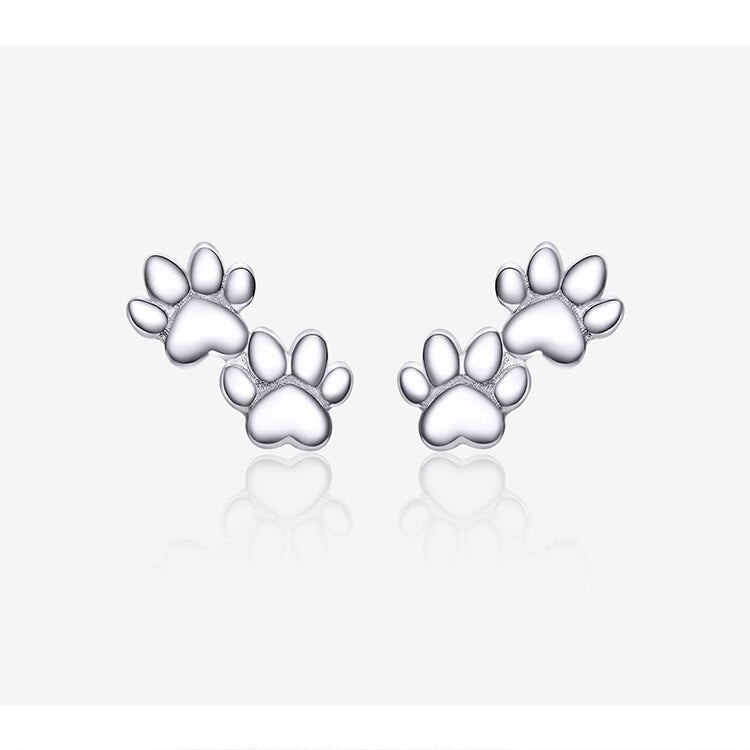

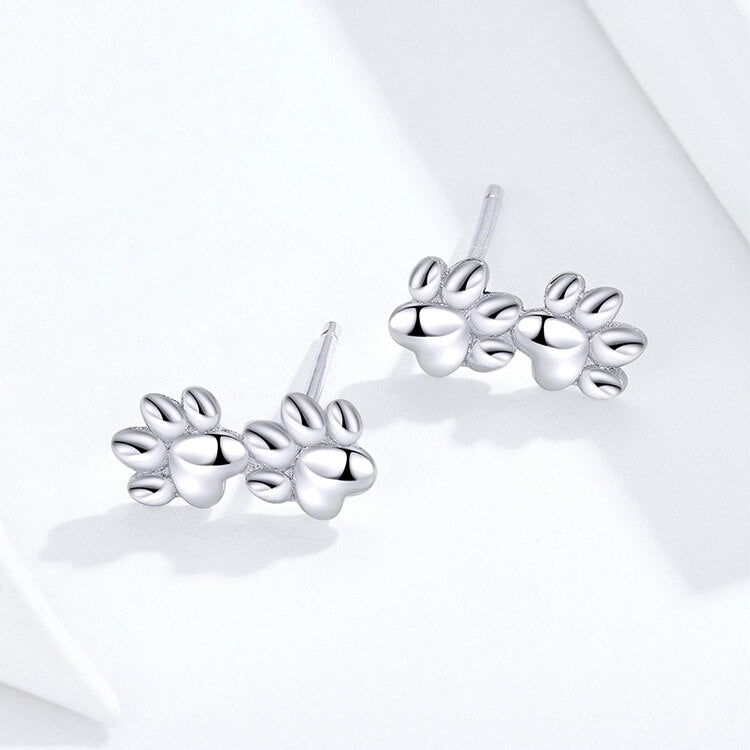
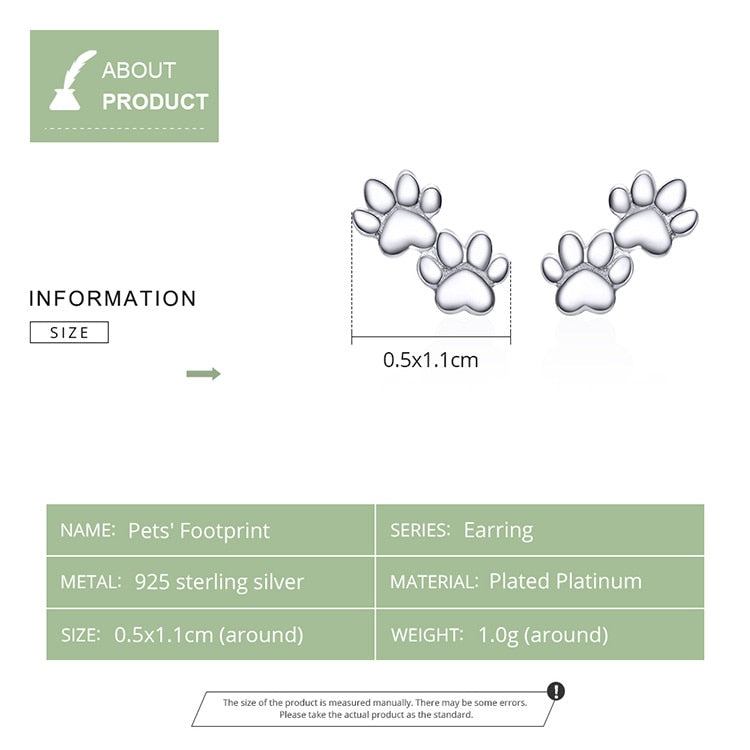
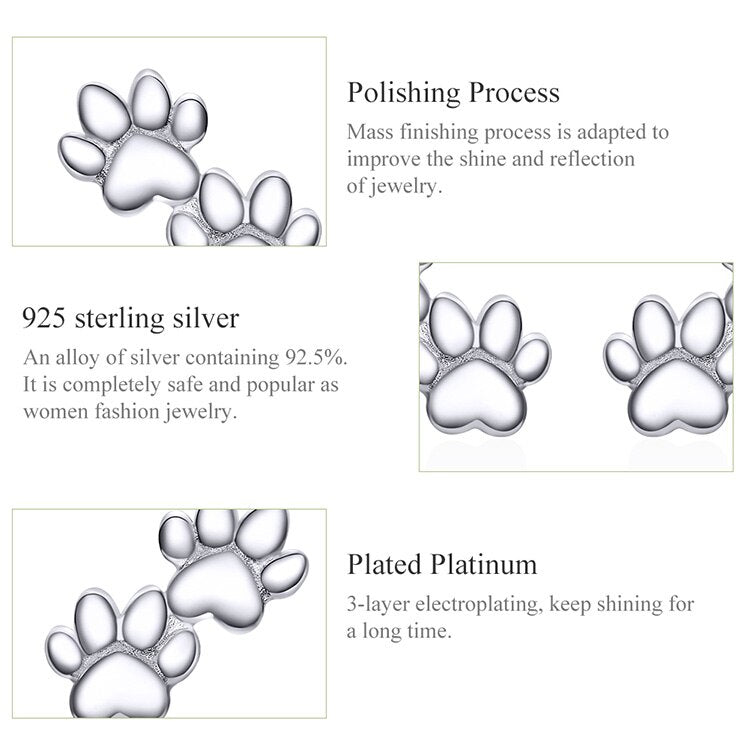
Discover all the jewels
-

Tree of Life
The Tree of Life commonly represents the interconnectedness of everything in the...
-

The magic of Flowers
Floriography is the 'language of flowers'. Dating back to the Victorian times...
-

World Fruit Jewels
Jewels in 925 Silver and Natural Stones inspired by the world of...
-
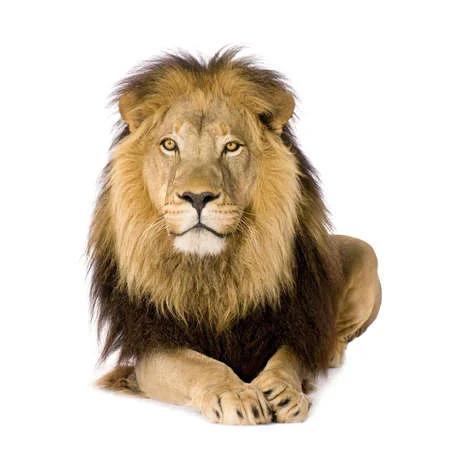
Animal Kingdom
The animal kingdom has been a rich source of inspiration for jewellery...

Turtle ring
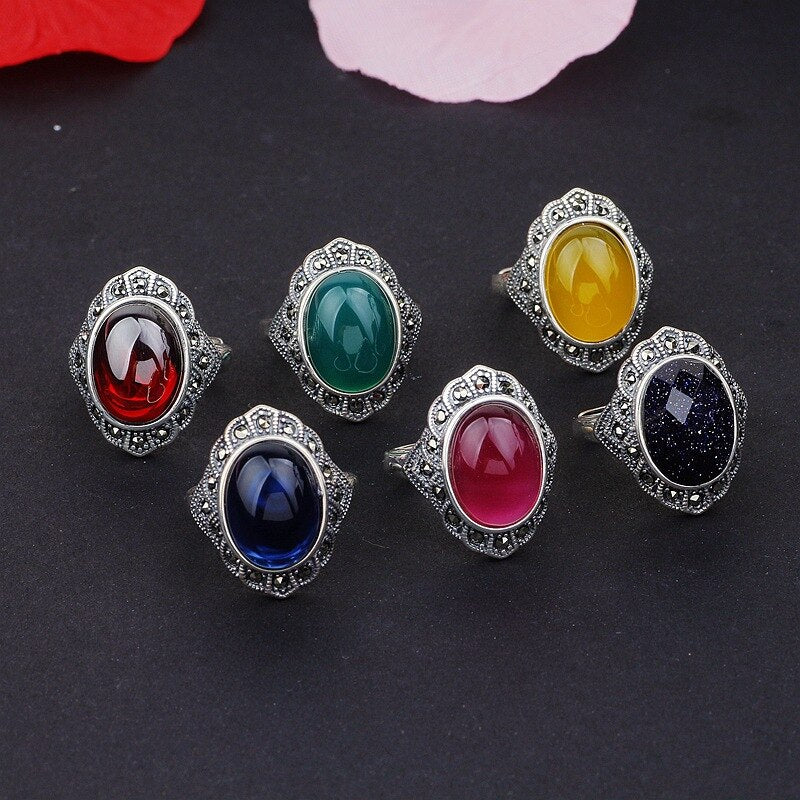
Natural Stone Ring

Dragonfly earrings

Serpent Ring

Donut Charm
Popular caregories ...
View all-

Lotus flower
Lotus Flower Inspired Jewelery ...
-

Plum blossom
Jewelery inspired by the Plum Blossom
-

Sakura flowers
Sakura flower inspired jewelry ...
-

Guaranteed quality
Over 25,000 satisfied customers worldwide. -

Secure payment
We entrust the management of our online payments to Stripe and Paypal , 100% safe. -

Money Back Guarantee
Returns are possible up to 30 days from receipt of the items.

4,98 su 5 stelle
Basato su oltre 300 Recensioni.
Visualizzane una selezione o inviaci una tua foto per ottenere un Buono da 10 €
















